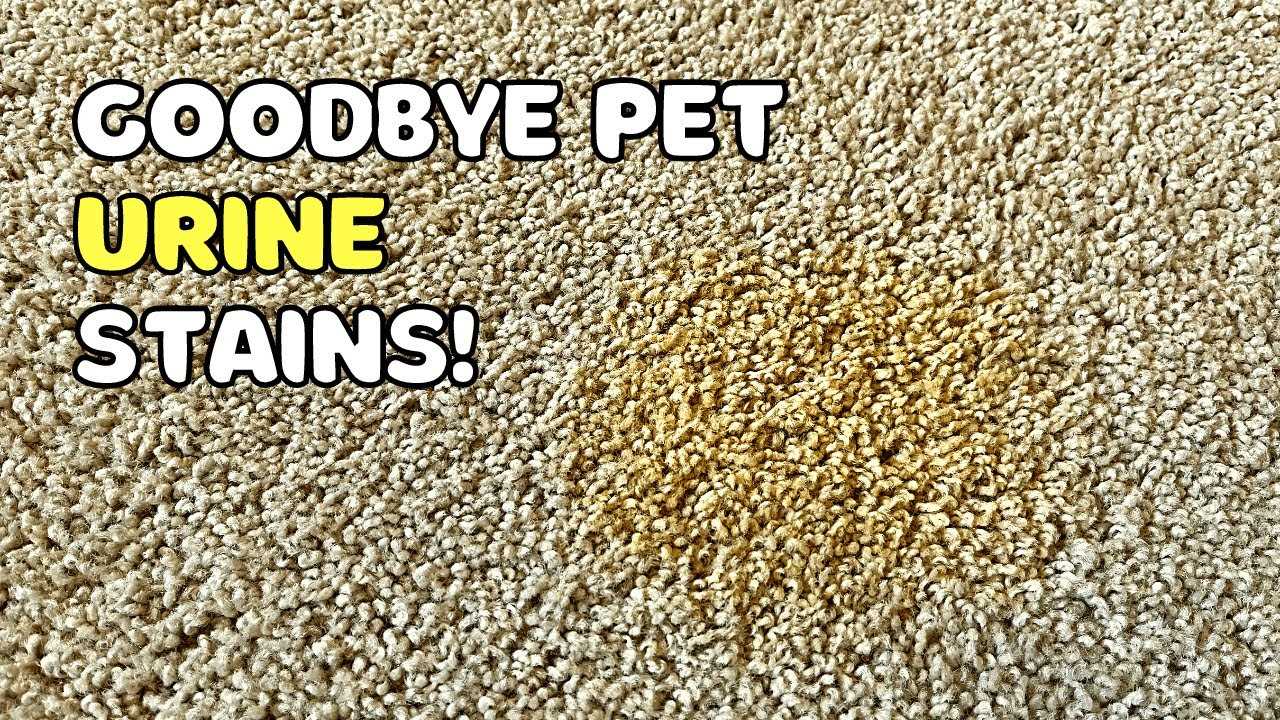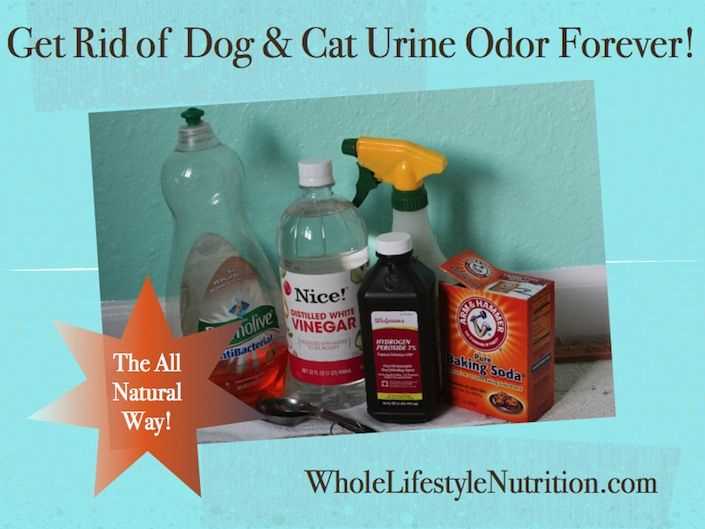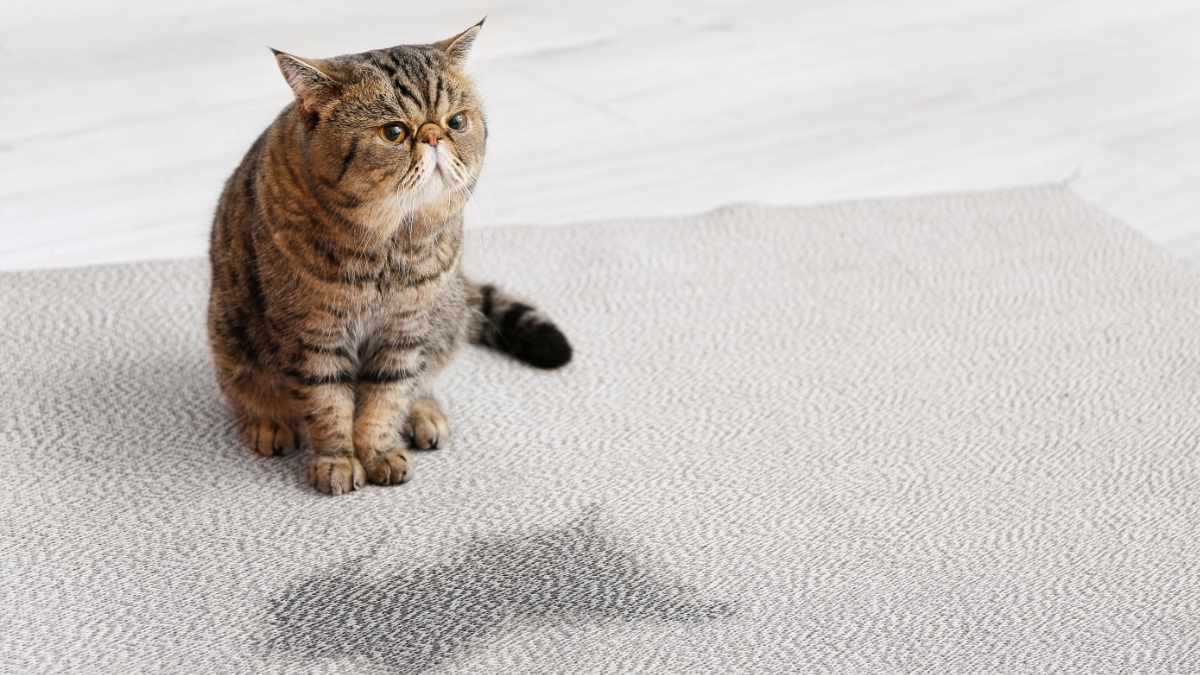



First, grab some paper towels or an old cloth to soak up as much liquid as possible. Blot the area gently, avoiding vigorous rubbing, which can spread the stain further. Once you’ve absorbed the moisture, sprinkle a generous amount of baking soda over the affected spot. This natural deodorizer will help neutralize the lingering smell.
Next, mix equal parts of water and white vinegar in a spray bottle. Lightly spritz the area, allowing the solution to penetrate the fibers. After a few minutes, use a clean cloth to blot the area again. The vinegar will help break down any remaining residue, making it easier to lift.
For stubborn odors, consider using an enzymatic cleaner specifically designed for pet messes. These products contain enzymes that target and break down the proteins in the stain, effectively eliminating the source of the smell. Follow the instructions on the label for the best results.
Finally, allow the area to air dry completely. You might want to vacuum the baking soda after it has sat for a few hours to ensure all residue is removed. Regularly checking and addressing any spots will keep your living space fresh and welcoming.
Removing Urine Stains Effectively
First, grab some paper towels and press them firmly onto the affected area to absorb as much liquid as possible. Blot, don’t rub; rubbing can spread the stain further.
Mixing the Solution
Combine equal parts of white vinegar and water in a spray bottle. This mixture neutralizes odors and helps break down the stain. Spray it generously on the soiled spot and let it sit for about 10-15 minutes.
Final Touches
After waiting, blot the area with clean towels again to soak up the solution. If any discoloration remains, sprinkle baking soda over the damp area, then spray a little more vinegar solution on top. Allow it to fizz and dry completely. Once dry, vacuum the area thoroughly.
Identify the Affected Area
First, locate the spots where the unpleasant odor is strongest. It’s essential to inspect the carpet thoroughly, paying close attention to areas near litter boxes, favorite resting spots, and any other places I might have marked. Use your nose; it’s one of the best tools for this task. If you’re still unsure, consider using a UV blacklight. This device can reveal hidden stains that are not visible to the naked eye.
Once you find the problem zones, mark them with a piece of tape or a small object to ensure you don’t miss them during your cleaning process. After identifying these areas, assess the extent of the damage. If the padding underneath is soaked, you may need to take additional steps to address the underlying issue.
For further insights on how to care for your furry friend, check out the best names for orange cats, which might inspire you to give a special name to your orange companion while you tackle those pesky stains.
Gather Necessary Cleaning Supplies
To tackle the issue effectively, I recommend collecting the following items:
| Item | Purpose |
|---|---|
| White vinegar | Neutralizes odors and breaks down stains. |
| Baking soda | Absorbs moisture and eliminates lingering scents. |
| Hydrogen peroxide | Acts as a disinfectant and stain remover. |
| Liquid dish soap | Helps to lift stains and dirt. |
| Spray bottle | For easy application of cleaning solutions. |
| Soft cloths or paper towels | For blotting and wiping surfaces. |
| Vacuum cleaner | To remove debris and odors from fibers. |
| Gloves | To protect hands during the process. |
Gather these supplies before proceeding to ensure a smooth and thorough process.
Blot the Stain Immediately
As soon as you spot the mess, grab a clean cloth or paper towels. Blot the area gently, applying light pressure. Avoid rubbing, as it can push the liquid deeper into the fibers.
Steps to follow:
- Place the cloth over the stain.
- Press down to absorb the moisture. Change the cloth as it becomes saturated.
- Continue blotting until no more liquid is being absorbed.
This quick action helps prevent long-lasting odors and discoloration. The sooner you act, the easier it is to manage the situation.
Apply a Cleaning Solution
I recommend using a mixture of white vinegar and water as an effective treatment. Combine equal parts of both in a spray bottle. This solution neutralizes odors and breaks down stains. Spray it generously over the stained area, ensuring it penetrates the fibers well.
Let it Sit
After applying the solution, allow it to rest for about 10-15 minutes. This waiting period helps the mixture work its magic, lifting the unpleasant scent and discoloration from the fibers.
Blot Again
Use a clean cloth or paper towels to blot the area gently. Avoid rubbing, which can push the liquid deeper. Keep blotting until the area feels damp but not soaked. This step helps absorb the solution along with the unwanted residue.
Rinse the Area Thoroughly

After applying the cleaning solution, it’s crucial to rinse the area well. Use cold water to dilute any remaining cleaning agents. This step helps in removing both the product and any lingering odors.
Steps to Rinse
- Fill a spray bottle or bucket with cold water.
- Gently pour or spray the water onto the treated spot.
- Use a clean cloth or paper towel to absorb the excess liquid.
Repeat this process several times until the water runs clear. Ensure that no cleaning residue remains, as it can attract your furry friend back to the same spot.
Final Drying

Once rinsed, allow the area to dry completely. You can use a fan or open windows to speed up the drying process. Make sure it’s fully dry to prevent any mold or odors from developing.
Neutralize Odors After Cleaning

To tackle lingering scents, I suggest using a mixture of white vinegar and water. Combine equal parts in a spray bottle and lightly mist the area. Vinegar effectively neutralizes odors without leaving behind a strong fragrance.
Another option is baking soda. Sprinkle it generously over the treated spot and let it sit for several hours or overnight. This powder absorbs remaining smells. Afterward, vacuum it up thoroughly.
Adding a few drops of essential oils, like lavender or eucalyptus, to your vinegar solution can provide a pleasant aroma while combating unpleasant odors. Just ensure that the oils are safe for pets.
For persistent issues, consider using an enzymatic cleaner specifically designed to break down odor-causing substances. These products can be found at most pet stores and are effective in tackling tough challenges.
Lastly, maintaining good air circulation in the room will help dissipate any remaining scent. Open windows or use fans to promote airflow, keeping the space fresh and inviting. Also, remember to keep your home environment clean; using the best fingerprint resistant dishwasher keep your kitchen clean and sleek can contribute to an overall pleasant atmosphere.
Prevent Future Accidents on Carpet
Keep a litter box accessible at all times. If it’s clean and easy for me to reach, I’m less likely to find alternative spots.
Regularly clean the litter box. A dirty box makes me grumpy and might push me to look for other places to relieve myself.
Provide multiple boxes if your space allows. I appreciate having options and won’t feel pressured to hold it when nature calls.
Monitor my health closely. Changes in my behavior could indicate an underlying issue, so regular vet visits are essential.
Consider my preferences. Some cats prefer certain types of litter or box styles, so experimenting can make a big difference.
Establish a routine. Cats thrive on consistency, so keep feeding and playtime predictable to reduce stress.
Limit access to areas with carpets when I’m unsupervised. Use baby gates or closed doors to keep me out of trouble.
Reward positive behavior. When I use my box, give me treats or affection to reinforce good habits.
Stay patient. Accidents can happen, and it’s important to handle them calmly. I’ll respond to your understanding attitude.









